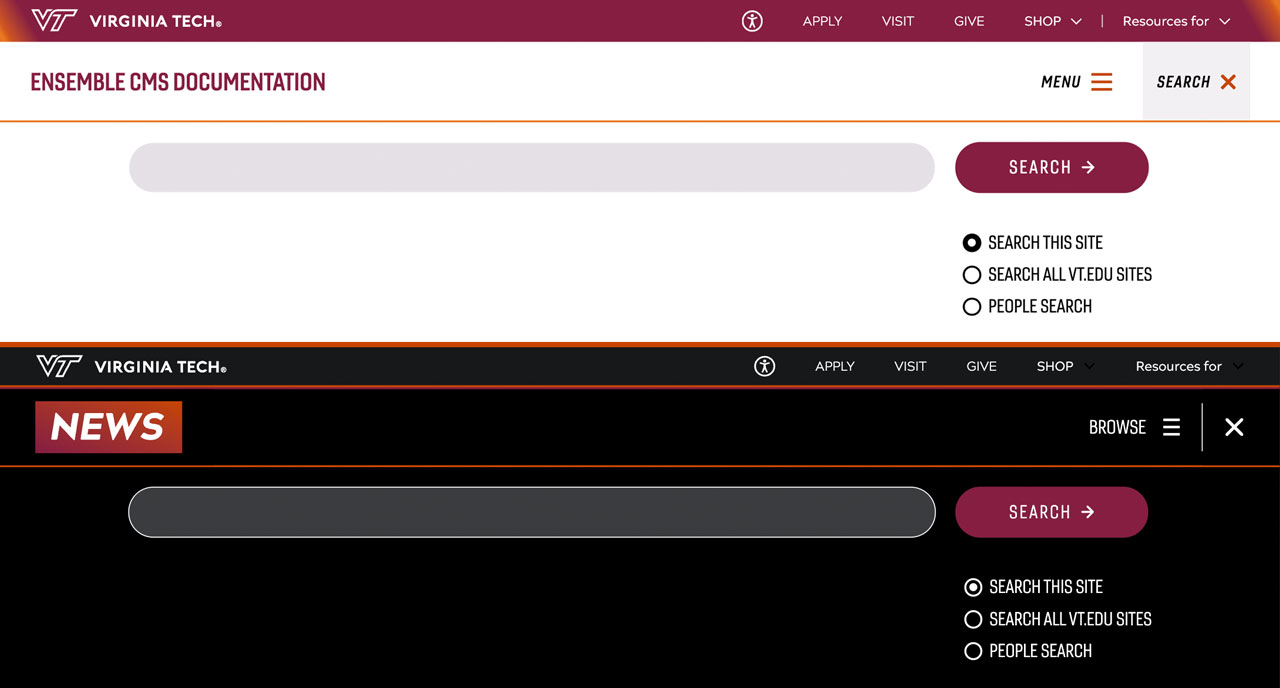Love languages: Understanding how your pet communicates

Life with cats and dogs would be a lot easier if they could tell us exactly what they were thinking.
Unfortunately, pets can’t talk — they rely mostly on body language to express themselves.
In this article, you’ll find some quick tips on decoding your pet’s body language so you can understand each other better.
Body language isn’t always straightforward
Body language is contextual. The meaning of a body language signal depends on the pet’s environment and specific situation.
For example: A dog showing his belly. That behavior means different things depending on the context.
If the dog has been hanging out with you on the couch watching TV all day and rolls over to show you his belly, he’s probably comfortable and looking for some extra affection in the form of belly rubs. If he meets some excited dogs in the park and shows his belly, he’s probably trying to show the other dogs he isn’t a threat.
Context and overall body language make it important to look at “the big picture” when deciphering your pet’s body language. However, here are some general tips for pet body language.

Dog body language
Dogs often communicate through facial expressions.
Take, for example, “whale eye.” The white part of the eye is called the sclera, and “whale eye” occurs when a dog turns its head but keeps its eyes fixed on something, causing the sclera to show in the corner(s) of the eye.
Whale eye is a sign of anxiety and stress, and it might indicate fear. A fearful dog can lash out in defense, so when a dog shows whale eyes, it’s important to figure out the source of the fear.
The position of the ears can also provide insights into what a dog is feeling. When a dog has its ears positioned forward, this usually means he is focused. A dog with an overall relaxed posture with its ears back is probably curious, while a dog who is tense and has its ears back is afraid.
Other signs of stress include panting (without exercise or exertion) and lip-licking.
“If an owner sees signs of stress, taking quick steps to diminish it can keep everyone safe and happy, such taking the dog away from the stressful setting,” said Virginia Edwards, collegiate assistant professor at the Virginia-Maryland College of Veterinary Medicine. “If the stress is due to an interaction with another person, an owner can let that person know that their pet is getting overwhelmed. Since pets can't use their voice, sometimes they rely on owners to be the voice for them.”
Let’s move from the head to the tail. Dogs wag their tails often, but did you know that the tail’s position can express different things? A dog wagging its tail in an upright position is feeling confident, while a tail pointing downwards indicates stress or fear. A dog with its tail tucked in close to its body is feeling anxious and fearful.

Cat body language
For many people, cat body language can be harder to decipher than that of dogs.
“We are getting much better at reading cats, however they can be experts at hiding their feelings,” Edwards said.
Here are a couple things to look for in your feline friends.
It is said that, for humans, the eyes are the window to the soul. The same goes for cats. A happy cat will have relaxed eyes, while a cat with a "hard stare" can be expressing irritation.
A cat who blinks slowly at you shows relaxation and contentment — many cat owners take this to mean that the cat is saying “I love you.” You can slow-blink back at your cat to return the sentiment.
Tail posture is another important element of cat body language. A tail held high indicates that a cat is feeling happy and confident — a cat walking toward you with a tail held high light a flag is usually eager to interact with you.
When a cat shows its belly, it’s usually not asking for belly rubs. Instead, the cat is expressing its comfort with you. A cat who lays down on its side with its belly showing is also displaying comfort. On the other hand, a cat who is crouched is in a more defensive position, showing tension.
Your pet is unique
We’ve covered some general tips, but body language depends on the individual animal. Each cat or dog expresses itself a little differently, and pet owners should pay attention to their pet’s specific style of body language.
When you understand what your pet is trying to communicate, you can make your pet’s world a happier, less stressful place.
Is your pet always happy when interacting with people? Please consider allowing your pet to be part of the Animal Instructors Program at the veterinary college, helping teach tomorrow’s veterinarians. More information can be found here.




